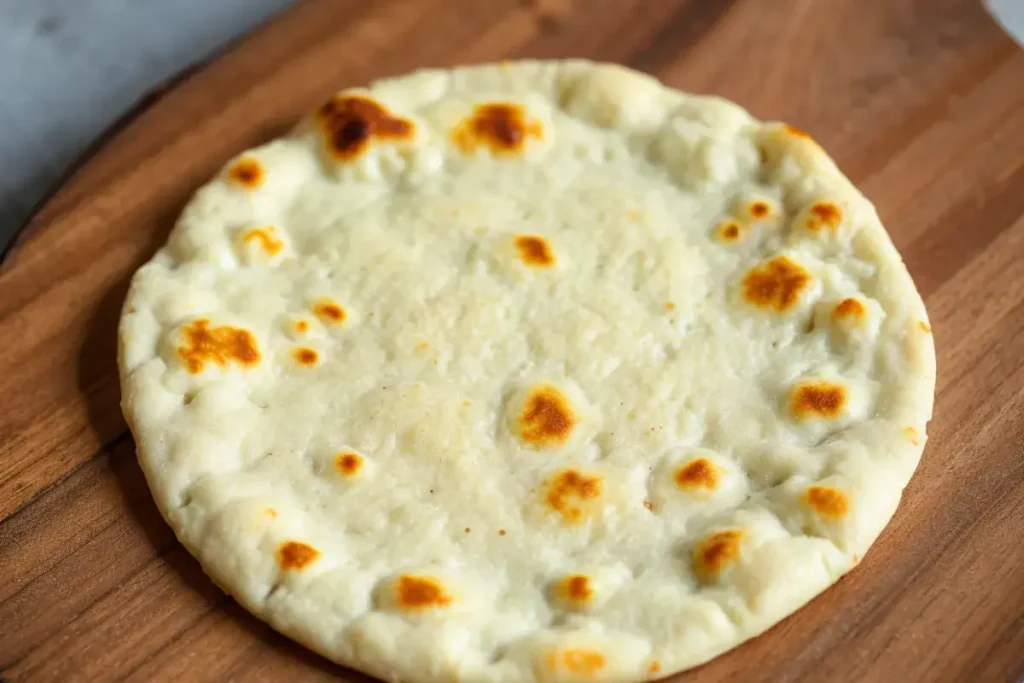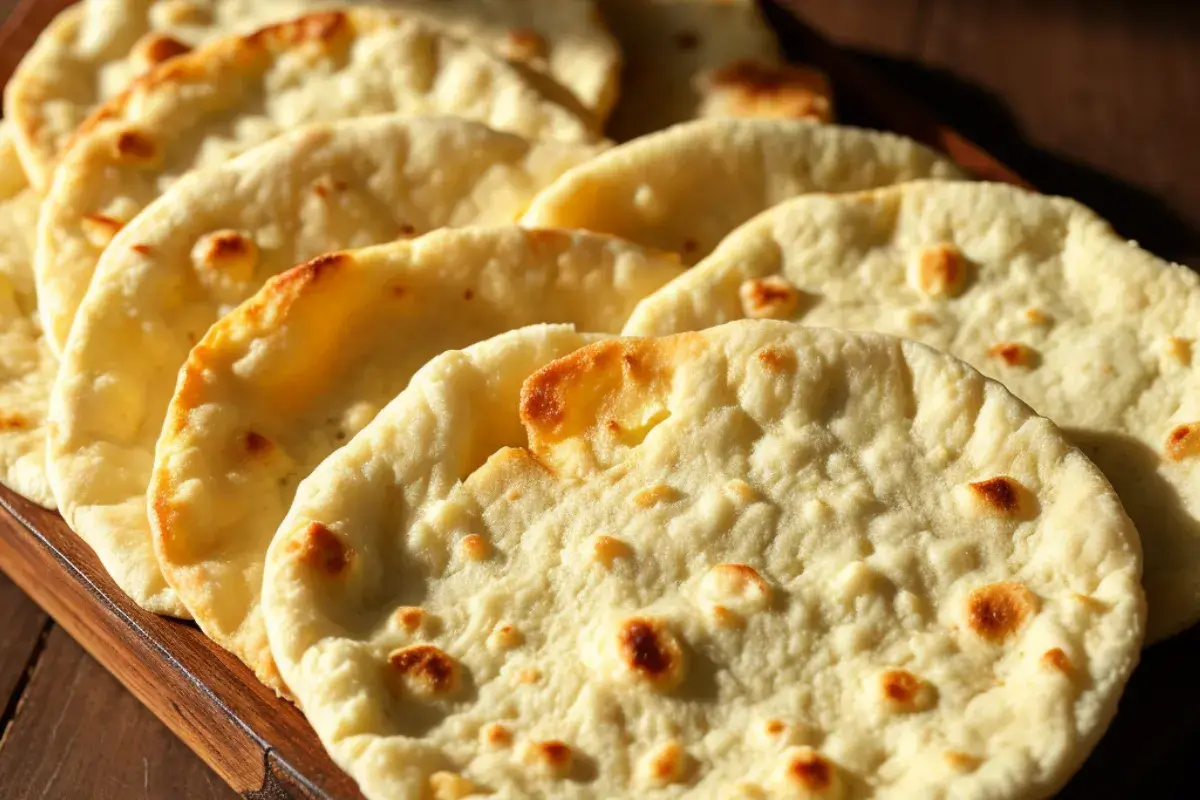If you’ve made cottage cheese flatbread and ended up with a soggy result, you’re not alone. It’s a common issue for home cooks who want a crispy flatbread but end up with a wet, doughy texture instead. So, why does this happen, and how can you fix it? In this article, we’ll dive into the reasons behind sogginess and how to keep your flatbread crispy and delicious every time.
What Causes Soggy Cottage Cheese Flatbread?
The biggest reason your flatbread turns soggy is the moisture content in your ingredients, especially cottage cheese. Cottage cheese is naturally watery, and when it’s not handled the right way, it can make your dough too wet. But the cottage cheese isn’t the only thing to blame — other ingredients, the dough, and even the baking process play a role.
Cottage Cheese Consistency
Not all cottage cheese is the same. Some brands have more water than others, and this can affect the texture of your flatbread. If your flatbread turns out soggy, it’s a sign that you might need to switch to a low-moisture cottage cheese or strain your cheese before adding it to the dough. Straining the cheese helps remove excess liquid that can seep into the flatbread during baking.
Excess Moisture in Dough
Aside from the cottage cheese, too much liquid in your dough can also cause sogginess. Adding too much water, milk, or cheese can throw off the balance, leaving you with a dough that can’t bake up crispy. To fix this, reduce the amount of liquid you’re adding or increase the flour slightly. Whole wheat flour or bread flour, which absorbs moisture better than other types, can also help reduce sogginess.
Common Mistakes That Lead to Sogginess
Several common mistakes can cause your flatbread to end up too wet. Let’s look at some of the most frequent errors:
Overloading the Dough with Cottage Cheese
It’s tempting to add a lot of cottage cheese to your flatbread, especially since it adds a nice flavor. But too much cottage cheese means too much moisture. When you use too much cheese, the water content can’t escape, and it gets trapped inside the dough, leading to a soggy middle. Aim for a balanced ratio of cheese and dry ingredients, so the flatbread holds its shape and texture.
Using High-Moisture Ingredients as Toppings
Another big reason flatbread turns soggy is because of high-moisture toppings, like tomatoes, peppers, or even some sauces. These ingredients release water as they cook, and that liquid can seep into your flatbread, making it wet and soft. To avoid this, you can try using lower-moisture toppings or pre-cook the vegetables before adding them to the flatbread.
Pre-cooking helps the vegetables release their water before they hit the dough, making for a much drier, crisper flatbread.
Improper Baking Temperature
Baking temperature plays a crucial role in determining whether your flatbread is crisp or soggy. Baking at a low temperature won’t dry out the moisture in the dough quickly enough, resulting in a soft, undercooked middle. To prevent this, make sure you’re baking your flatbread at a higher temperature—around 450°F (230°C) is usually ideal.
Using a pizza stone is also a great way to ensure even heating. A preheated pizza stone provides direct heat to the bottom of the flatbread, allowing it to bake evenly and crisp up faster.
Why Soggy Flatbread is Unappealing
Soggy flatbread isn’t just about texture—it also affects flavor. A good flatbread should be light, crisp, and firm enough to hold its toppings. When it turns soggy, the bread becomes heavy, and the toppings or fillings don’t taste as good. Here’s why:
- Texture Problems: Soggy flatbread feels mushy when you bite into it, especially if you expected something crisp.
- Flavor Dilution: Excess moisture dilutes the flavor, making toppings taste bland. The liquid from the dough or toppings can mix in unwanted ways, resulting in a less enjoyable meal.
Flatbread should have the perfect balance of crispy and tender to enhance the flavor of whatever you put on it. When it’s soggy, that balance is lost.
How to Fix Soggy Cottage Cheese Flatbread

Fortunately, there are plenty of ways to fix soggy flatbread. Here are a few simple solutions:
- Strain Cottage Cheese: Remove excess moisture from the cheese by straining it before adding it to your dough.
- Reduce Liquids: Cut back on water or milk in your dough recipe to create a firmer dough that bakes better.
- Use Preheated Pizza Stone: This ensures even cooking and helps crisp the bottom of the flatbread.
- Choose Low-Moisture Toppings: Stick with drier toppings or pre-cook moist ingredients like vegetables.


